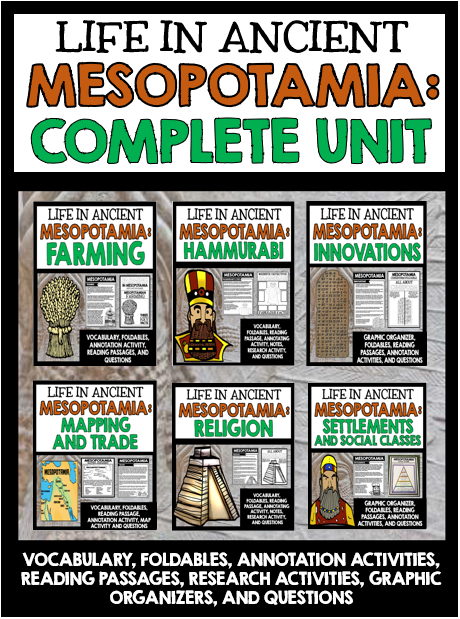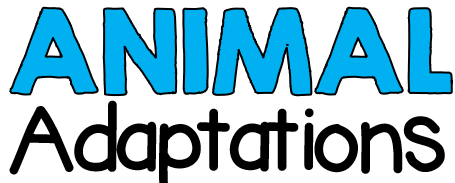Ancient Civilizations have long been my favourite units to teach. I remember loving them when our teacher taught us about them in Middle School, they were some of my favourite courses I took in university, and I still love teaching them today. Mesopotamia is always a fun one to teach, simply because a lot of it is still really new to the kids; a lot of them have background information about Egypt, Greece, and Rome, but very little about Mesopotamia. I feel like I am working with a blank slate when it comes to teaching about this period of history.
For a good introduction, and to build excitement about the unit to come, I feel you can never go wrong with Crash Course World History. This is a great one of their videos about Mesopotamia.
I always like doing a map with the kids at the start of a unit. It's a great opportunity to work in some geography skills, and is a good way to ensure the kids know the area we are actually talking about. I am always alarmed with how few of them are able to use an atlas and label areas on a map - definitely an area we need practice on.
We spend a lot of our unit talking about farming, as the fertile crescent really is Mesopotamia in a nutshell. Vocabulary is usually where we start. I really love this vocabulary foldable, as it allows the kids to flip and quiz each other on the words.
Reading about the farming of the fertile crescent is our next step. I am not a fan of our current textbooks, as it feels like they were written during the dark ages and are totally not engaging for the kiddos. I use these reading passages instead. They have questions and annotation activities to go with them, which is helpful.
After reading, we make a fun foldable about the facts the kids find most important. We share our answers at the end - it is interesting to see what different facts stuck with each kid.If you are looking for these and other fun activities to do with your own class, be sure to check out some of my Mesopotamia Unit resources below!







































